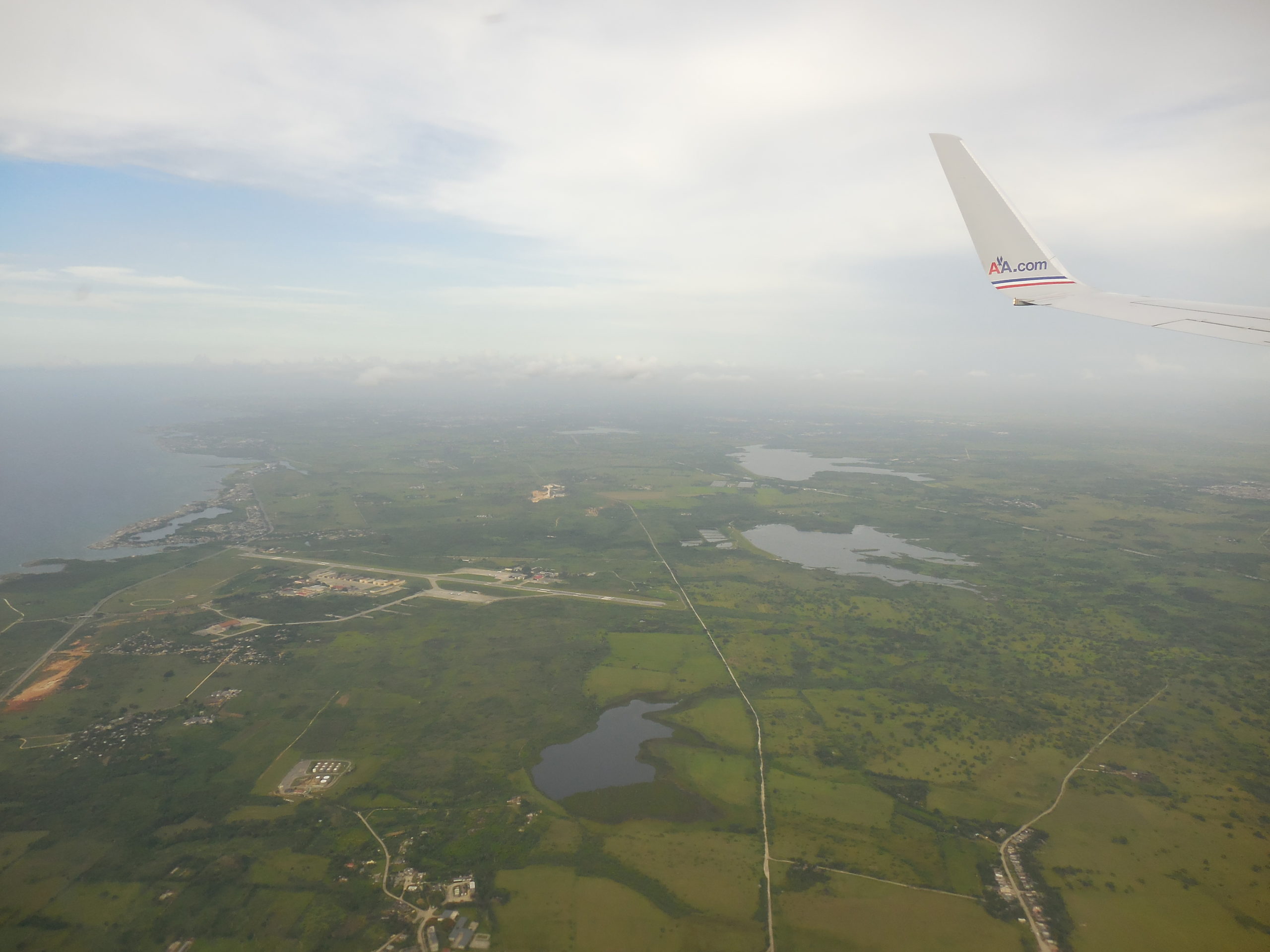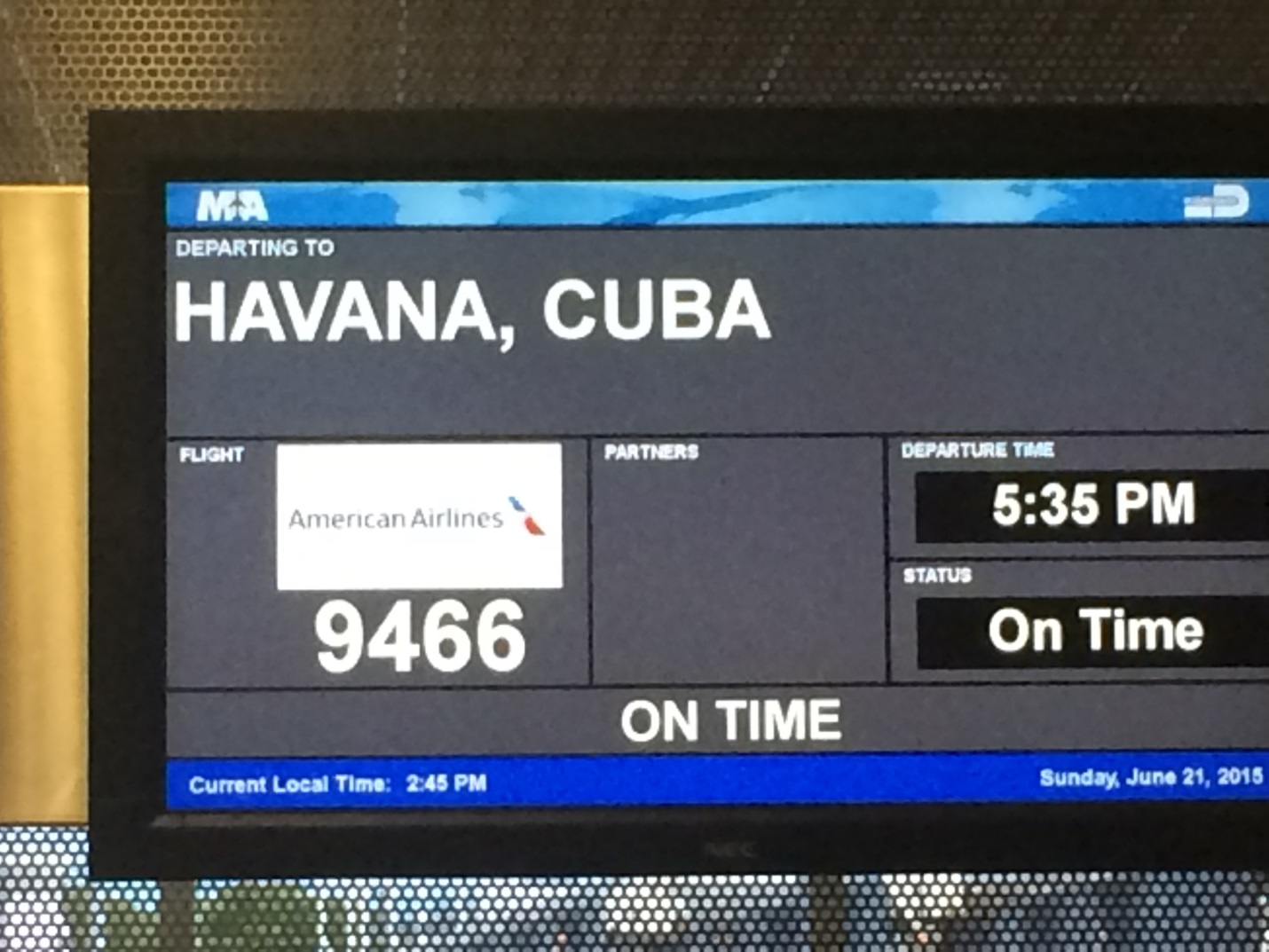How Exactly Did We Get to Cuba?
 On December 17, 2014, the presidents of Cuba and the United States made a joint announcement that had, until then, seemed to be impossible: Cuba and the United States would embark upon a process of normalizing relations between both countries.
On December 17, 2014, the presidents of Cuba and the United States made a joint announcement that had, until then, seemed to be impossible: Cuba and the United States would embark upon a process of normalizing relations between both countries.
Most are aware of the acrimonious and antagonistic relationship that has existed between both nations, and the history that led to the virtual freezing of that relationship for over 50 years. Irrespective of one’s views on the change, the almost eight months since the historic December 17 announcement have brought increased dialogue between both countries, the reopening of the Cuba’s embassy in Washington and the reopening of the U.S. embassy in Havana later this week. How the relationship between Cuba and the United States develops remains to be seen. What is certain is the general hope that whatever form that relationship takes, it will be for the mutual benefit of both Cubans and Americans alike.
At Withum, members of the firm’s International Services Group met what was announced in December, as well as the revised regulations regarding travel to and commerce with Cuba that were issued by the U.S. Treasury and the Department of Commerce in January, with interest. How will the Cuban economy be impacted? What new economic measures will the Cuban government introduce? What will this mean for the emerging private sector in Cuba? What will this mean for Cuban state companies? What commercial opportunities might emerge for our clients? Each of our questions seemed to trigger another.
We realized quickly that the only way to assess the commercial opportunities that might emerge due to the change in relations between Cuba and the U.S. was to travel to Havana and meet with members of the business community. As a member of HLB International, we have an affiliate in Cuba, Interaudit S.A., that is part of the Ministry of Finances and Prices… so, we simply called.
It was my first call to Cuba. On the line was the CEO of Interaudit, Dra. Elvira Armada Trabas. After explaining the purpose of my call, we were surprised to discover that we had reached out to them at an opportune moment. Interaudit’s management had been recently discussing their need to learn more about the system of accounting, audit and tax practiced in the United States. Provided all of the approvals could be gathered, a visit to Havana would be welcomed.
That simple and brief conversation triggered eight weeks of intense work by both firms in order to make Withum’s exploratory trip to Cuba possible.
The first order of business was to secure an official invitation to travel to Cuba for David Springsteen, Partner and Practice Leader of Withum’s National Tax Services Group, Kimberlee Phelan, Partner and Practice Leader of Withum’s International Services Group and myself, Richard Ingunza, an accountant in Withum’s National and International Tax Services Group in New York. To issue the letter, Interaudit’s management had to secure numerous approvals up the chain of command at the Ministry of Finances and Prices and then similarly up the chain of command at the Ministry of Foreign Relations.
While we waited for the formal invitation letter, we began contacting foreign firms in Havana, active across numerous sectors. We reached out to banks, law firms and professional service firms as well as economists and diplomats. Our approach was universally welcomed and, after many calls, we began to fill out our schedule of meetings.
After two weeks, record time as letters of invitation usually take two months, if not longer, our letter arrived in my email in box. With our schedule in place and our working sessions with Interaudit on Cuban and U.S accounting and tax scheduled too, we turned our attention to the challenge of securing our visas to enter Cuba.
Four weeks before our planned departure, we forwarded our paper work to the Cuban Interest Section in Washington. In order to work through our travel arrangements, we hired a travel consultant to help us with air travel, accommodations, local travel and the documentation for the general license to travel from the U.S. to Cuba to perform professional research and hold professional meetings.
We were told it couldn’t be done. Eight weeks was a minimum to secure a visa, possibly as little as six under extraordinary circumstances. However, we felt that this was an extraordinary time; things were changing and we had to go and see for ourselves. Undeterred, we pressed on and waited for a response.
We were told that if things worked out, they would fall into place at the last minute. Three weeks transpired and we heard nothing from the Cuban Interest Section. Two weeks before our planned departure and we had still not heard back. One week out, we still had no news.
 Follow-up calls became more frequent and some of the firms we had on our schedule began to make calls on our behalf to both Cuban officials in Havana and in Washington. Our travel consultants worked the phones reaching out to their contacts and we called and called too.
Follow-up calls became more frequent and some of the firms we had on our schedule began to make calls on our behalf to both Cuban officials in Havana and in Washington. Our travel consultants worked the phones reaching out to their contacts and we called and called too.
In the end, it went down to the wire. Three and a half days before our departure, we finally received the news: we were being granted permission to enter Cuba. Three days later, in the late afternoon, we boarded our flight in Miami and headed out across the Straits of Florida towards Havana for what would turn out to be an incredible four day visit.
By Richard Ingunza | 212.829.3219 | [email protected]

